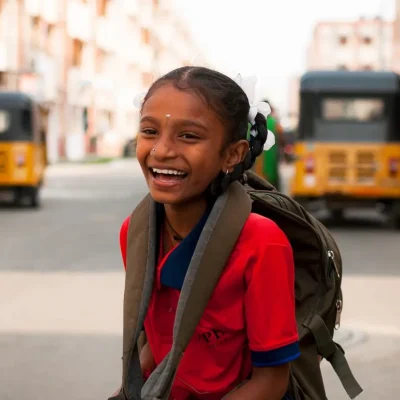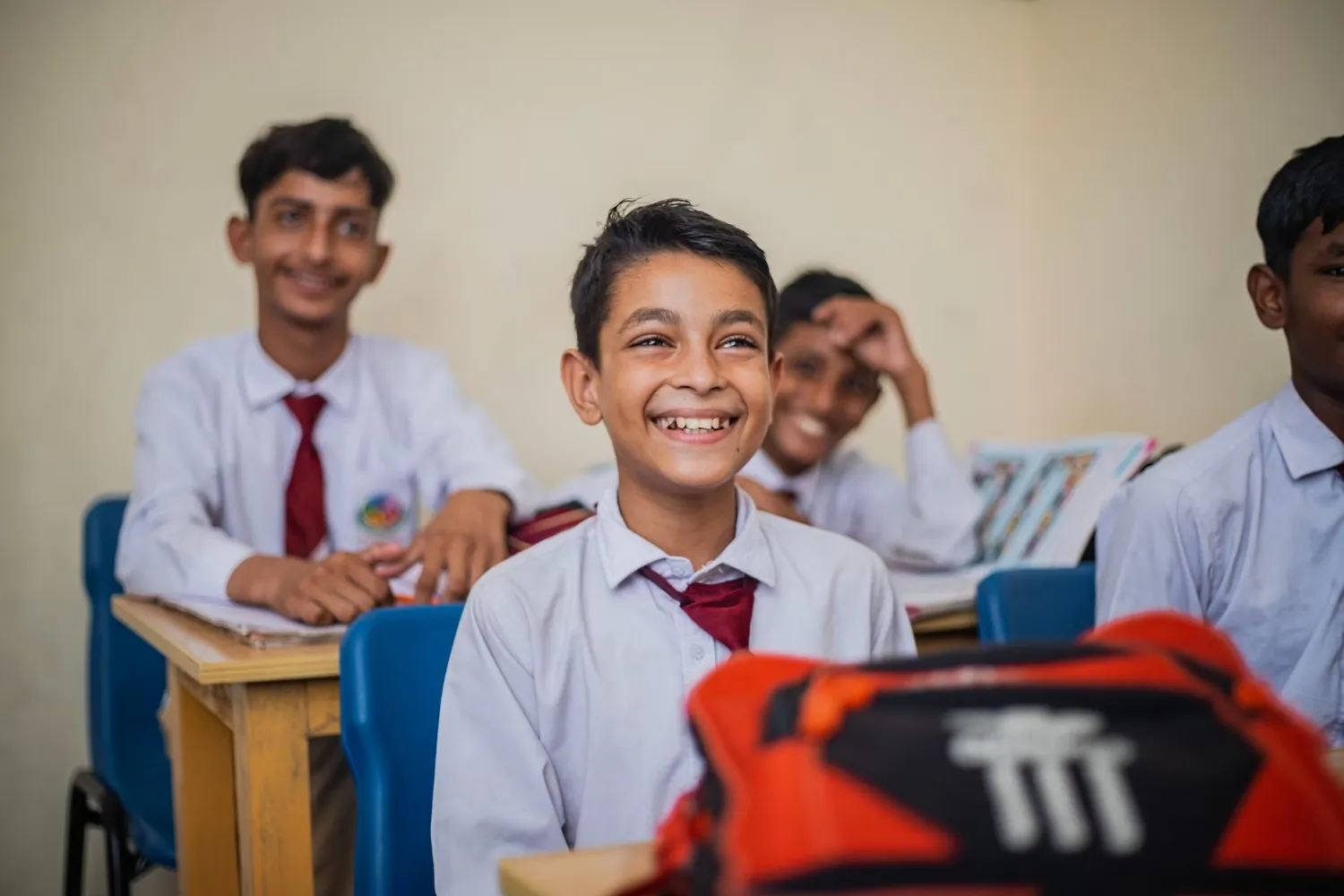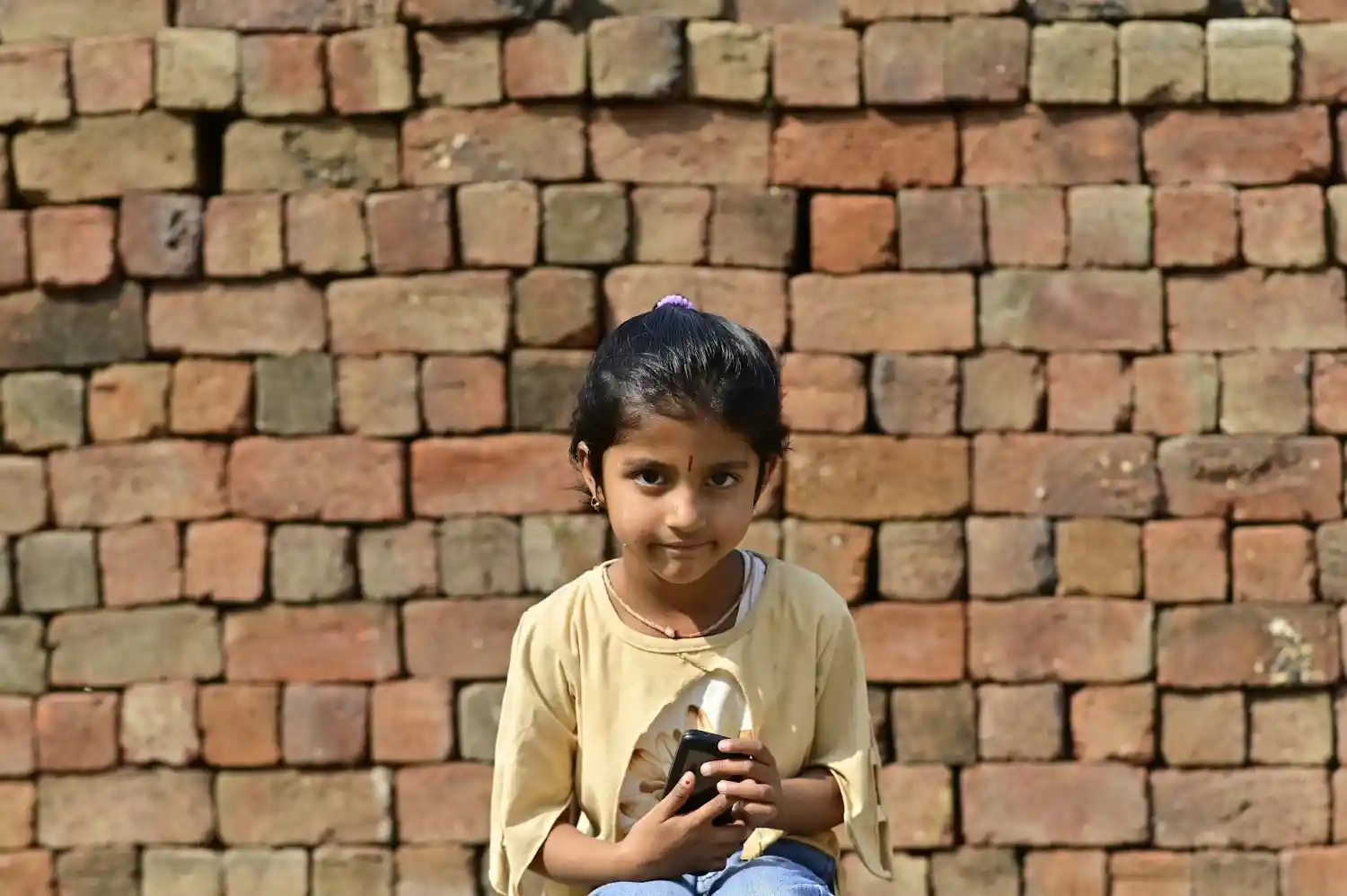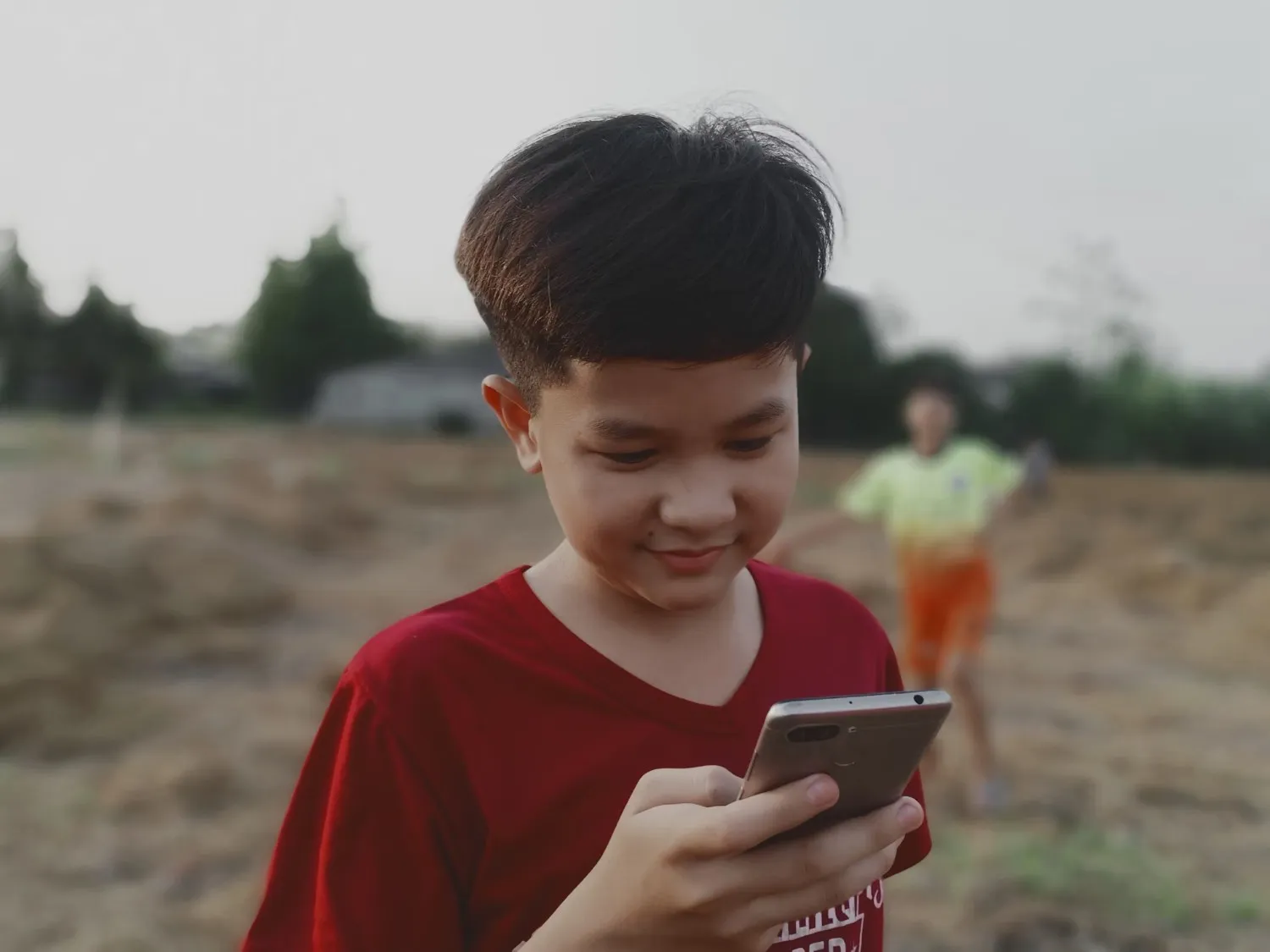Introduction: Why Accessibility in Education Is Everyone’s Responsibility
Imagine this: You walk into a bright, lively classroom. Desks are arranged in welcoming circles. Some children are reading aloud; others are building models. Everyone is engaged. Now, imagine one child sitting silently at the back—not because they lack interest, but because no one thought to provide large print or audio support. Heartbreaking, right?
According to the World Bank, over 15% of the world’s population lives with a disability, and too many of these children are still sidelined. This blog is for people like you—teachers, parents, school leaders, or just concerned individuals—who believe education must include every child, without exception.
Here, you’ll discover how inclusive education can reshape learning through empathy, strategy, and Universal Design for Learning (UDL). It starts with awareness and action—and yes, it starts with you.
Want to see how organizations are making a difference in education? Check out Top 10 Education NGOs in India. For global insights on inclusive education, explore UNICEF’s work on inclusive education.
What Inclusive Education Really Looks Like
If you’ve ever seen a classroom where children help each other, where differences are celebrated, and where everyone learns together—you’ve witnessed inclusive education in action.

Unlike traditional models that adapt after students struggle, inclusive education is designed from the ground up to welcome every learner. It doesn’t separate or segregate—it connects.
Picture this:
- A child with autism working on a group science project
- A student who uses a wheelchair participating fully in PE
- A teacher giving students options to write, draw, or speak their answers
When schools embrace inclusive teaching strategies, everyone benefits. Students grow more empathetic, teachers become more creative, and classrooms become vibrant communities. For more on fostering supportive spaces, read Creating a Supportive School Environment for Mental Health.
Why UDL Is the Secret Weapon
At the heart of inclusive education is Universal Design for Learning (UDL)—a framework that recognizes learners are diverse and deserve diverse ways to learn.
UDL encourages:
- Multiple means of representation (how info is presented)
- Multiple means of expression (how students show understanding)
- Multiple means of engagement (how students stay motivated)
A teacher once told me, “When I stopped assuming all kids learn the same way, everything changed. My students didn’t just learn more—they started loving to learn.”
Some examples of UDL in action:
- Using videos with subtitles
- Letting students use art or audio to explain a concept
- Offering fidget tools or quiet zones to reduce stress
UDL isn’t extra—it’s essential.
Building Accessible Classrooms Without Breaking the Bank
You might be thinking, “This sounds great, but how do I actually do it?” Don’t worry—it doesn’t take a major renovation. Creating accessible classrooms can start small.
Physical Accessibility:
- Add ramps or handrails
- Arrange desks with space for mobility devices
- Use clear signage with symbols or Braille
Digital Accessibility:
- Provide captions on video lessons
- Use screen-reader-friendly content
- Include voice commands or dictation tools
Instructional Accessibility:
- Let students choose how they complete assignments
- Offer graphic organizers or audio summaries
- Use visuals and gestures while teaching
One Delhi teacher shared how her classroom became inclusive simply by offering oral tests and using images during lessons. Her students thrived—not just those with disabilities, but everyone.
How Adaptive Technology Empowers Students
Technology isn’t just cool gadgets—it’s a bridge for learners who’ve been left behind.
In an inclusive classroom:
- A student with dyslexia might use text-to-speech to enjoy novels
- A non-verbal student could respond through eye-tracking software
- A multilingual learner uses translation apps to stay involved
Tools like Khan Academy, Microsoft Immersive Reader, and Google’s voice input functions are free and powerful. The key is matching the tool to the student, not forcing the student to adjust.
One parent told me, “When my daughter used a tablet to ‘speak’ in class for the first time, the whole room applauded. It was like the world opened up to her.”
Teaching Neurodiverse Students with Care and Creativity
Neurodiversity is a strength. Students with ADHD, autism, dyslexia, or sensory processing disorders bring unique perspectives—but they often need a little support.
Here’s what helps:
- Flexible assessments (allow presentations, videos, or oral answers)
- Routine and visual schedules to reduce anxiety
- Quiet corners or calm-down kits for sensory breaks
A teacher in Pune set up a “quiet tent” in the corner. Students used it when they felt overwhelmed. Instead of disrupting learning, it protected it.
The beauty? Other students loved it too—showing us that inclusive tools aren’t just for a few; they work for all. For more on supporting mental health, check out How to Recognize and Address Mental Health Issues in School.
Designing Collaborative Spaces That Invite All Learners
The layout of a classroom affects who participates. When we design for inclusion, collaboration flourishes.
Try this:
- Use round tables instead of rows
- Offer beanbags, stools, or standing desks
- Create color-coded zones for noise levels
A Bengaluru principal told me, “When we changed seating to clusters, students started helping each other more. Those once left out became leaders.”
Collaborative learning spaces promote teamwork, trust, and confidence. And when kids from different backgrounds and abilities work together, stereotypes vanish. For more on community-driven education, see Why I Believe Community Involvement in Education Changes Everything.
Don’t Forget the Policies—They Matter More Than You Think
Laws and policies are the backbone of sustained change.
Here’s what supports inclusive education in India:
- RPwD Act 2016: Mandates inclusive schooling
- NEP 2020: Emphasizes flexible, child-centered learning
- Samagra Shiksha: Funds inclusive infrastructure
But here’s the challenge: implementation. Without trained teachers or oversight, great policies fall flat.
That’s where you come in. Ask your school how it supports inclusivity. Attend PTA meetings. Push for teacher training. Because policy only matters if people like us make it real. Ask your school what they’re doing to be inclusive. Show up at PTA meetings. Push for change. For insights on how NGOs support kids, explore Top 10 Child-Focused NGOs in India Making a Difference in 2025.
Real Stories That Inspire Change
Sometimes, change begins with a single school, teacher, or parent. Here are three stories to remind you what’s possible:
Rajasthan
Braille-enabled smartboards increased attendance among blind students by 75%.
Kerala
A government school introduced speech-to-text tools—and saw a spike in student retention.
Mumbai
Using audio content, students with learning disabilities improved their exam pass rate from 40% to 80%.
These aren’t miracles—they’re models. What they all had in common was community involvement and a refusal to accept exclusion as “normal.” For more inspiring examples, read Stories of Change: Mental Wellness Programs That Transformed Lives.
What You Can Do—Starting Now
Not sure where to begin? Try this:
- If you’re a teacher: Try offering students three ways to submit an assignment.
- If you’re a parent: Talk to your school about accessibility. Ask questions.
- If you’re a student: Be a buddy. Include those who sit alone.
- If you’re a community member: Fund a ramp. Donate books with large print. Sponsor a tablet.
You don’t need a title to make a difference. You just need the will. For ways to support local initiatives, check out How to Find and Support Local NGOs Near You.
Conclusion: Inclusion Is a Journey—And You’re Already on It
You’ve made it to the end of this guide, which means one thing: you care. And that’s the first, most important step.
Creating inclusive classrooms isn’t about perfection. It’s about progress, persistence, and people like you who show up, speak up, and start small.
Whether you’re changing seating arrangements, sharing tools with a colleague, or simply understanding another parent’s struggle—you are part of this movement.
Let’s keep going. Together, we can make sure every child is seen, supported, and successful.
Start with what you have. Act where you are. Change what you can.
💛 Donate to Support Mental Health Programs 💛
Your donation helps us fund:
- Emotional health toolkits for classrooms
- Training sessions for teachers and caregivers
- Mental health workshops and counseling support
- Art and play therapy sessions for children in trauma
Even a small monthly contribution can fund mindfulness materials, journals, or wellness kits for multiple children.
Want to see how effective digital platforms can amplify NGO impact? Check out The Power of NGO Websites: Examples and Key Elements.
















